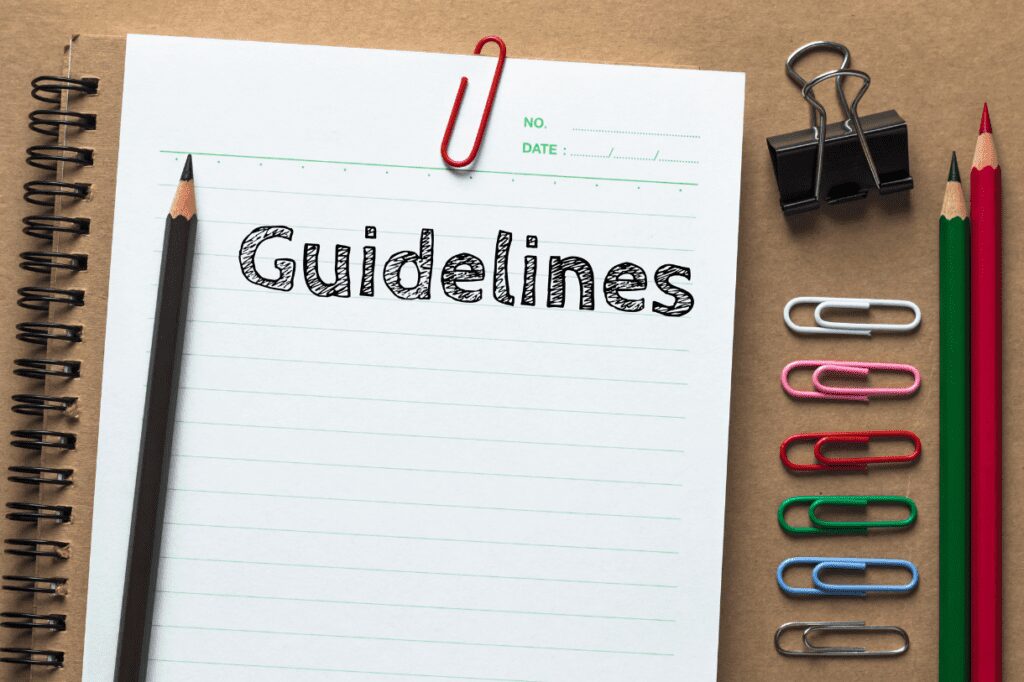5 Tips For Overcoming Decision Paralysis
5 Tips For Overcoming Decision Paralysis
We see that success breeds success. We also observe that indecision breeds indecision. While everyone struggles at one time or another with knowing what to do, some habitually struggle with making decisions. And it’s painful! The pain can come from self-flagellation because of a lack of progress or others waiting on your decision. Studies have shown that the more we delay making a decision when we have all the significant information we’re going to gather, the less likely we are to make a decision. When it comes to organizing which requires decision after decision, the pain is exponential.
Create Organizing Guidelines
One way to remove, or at least lessen, the pain of decision-making during the organizing process is to create a set of guidelines before you begin. The guidelines can do most of the thinking for you. You establish the rules you want to follow before emotions, memories, or feelings of being judged for what you keep or don’t keep creep in to disrupt the process.
Your guidelines shouldn’t be complex. Keeping them simple and not exceeding half a dozen simplifies the decision-making process.
As you go through the organizing process, set yourself up for success by writing out your guidelines and keeping them in front of you. Avoid touching items more than required since this invites emotion to become part of the process and increases the difficulty of making decisions.
5 Tips For Overcoming Decision Paralysis
To help get you started, here are 5 guidelines that work well for most people.
Unless you are actively losing weight, keep only the current size you wear as well as one size up and one size down. Note that the key here is “actively losing weight.” Too often, we keep clothes because ‘someday’ we’re going to lose weight, but we haven’t put a plan behind it. You may lose weight someday, but that doesn’t justify keeping too many clothes now. When the weight has come off, treat yourself to new clothes (even if they’re from the thrift store) that are more in style than what you discarded.
Define who you are now and let go of the things that no longer fit who you are today. Perhaps you used to spend Saturdays with the cycling club, but now you’re chasing toddlers. You don’t have to get rid of all your biking gear, but you don’t have to keep it all. You can let most of it go.
If you haven’t seen or used something within a year, there is a great chance you can let it go and never miss it. If this guideline seems too intimidating, make it two years. If that still seems too intimidating, keep in mind the 20/20 rule which says that if you can replace something for $20 or less or within 20 minutes or less, it is generally not worth the cost of keeping it.
Ask, “How does this thing make me feel?” It’s common for us to hold on to possessions that we think we ought to be using or that somebody wants us to have, but perhaps that thing sucks away our joy rather than sparking it. You don’t have to keep things that make you feel guilty, bring up bad memories, or that nag at you.
Think about the space you have for a particular item, and don’t fill it more than ¾ full. For instance, to keep your bookshelf no more than ¾ full, you may need some guidelines on what to discard. An easy choice can be old textbooks (but don’t send these to the thrift store—they don’t want them!) that you haven’t looked at for decades and are keeping for sentimental reasons. Or perhaps you don’t enjoy re-reading mysteries, go ahead and bless someone else by passing yours on.
Setting guidelines before you start organizing is a great way to reduce decision paralysis
Receive great decluttering advice AND be one of the first to know what I'm up to!
We being our clients’ biggest cheerleader as they work toward
an ![]()
![]()








